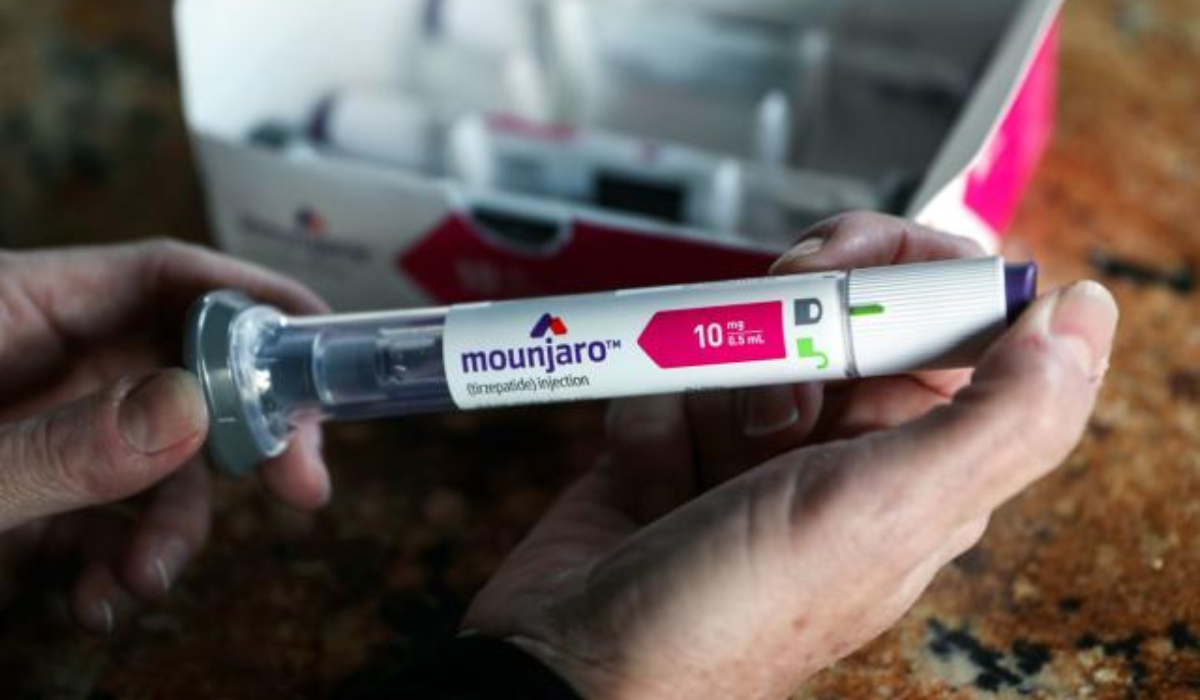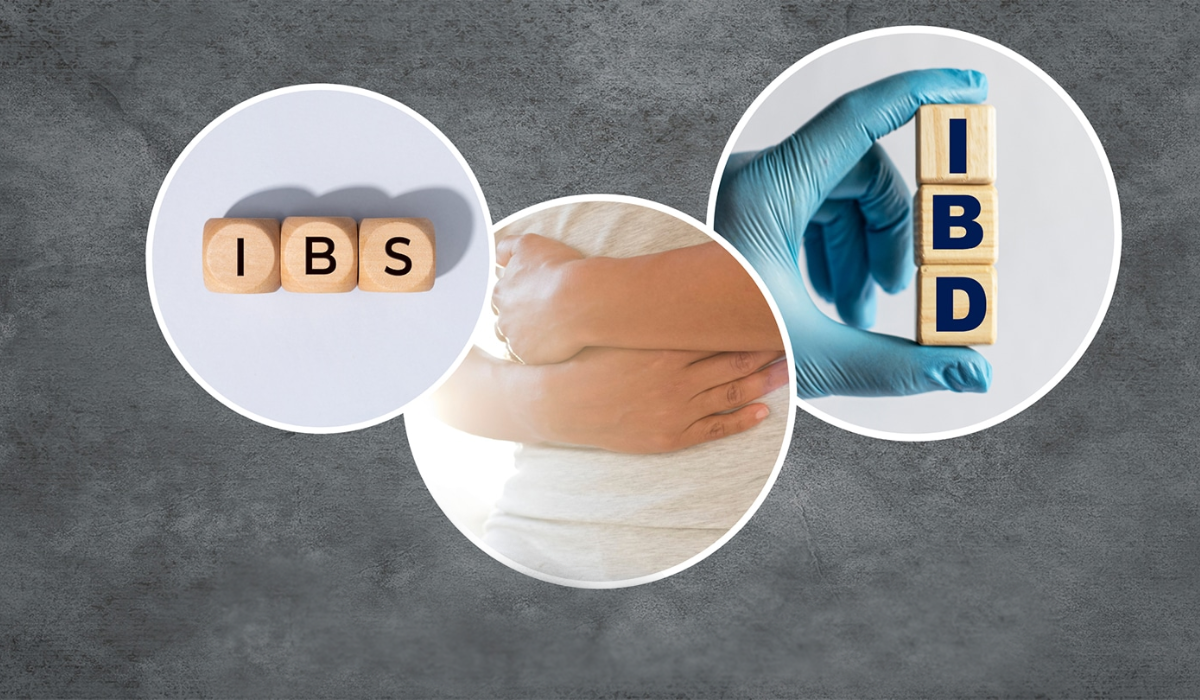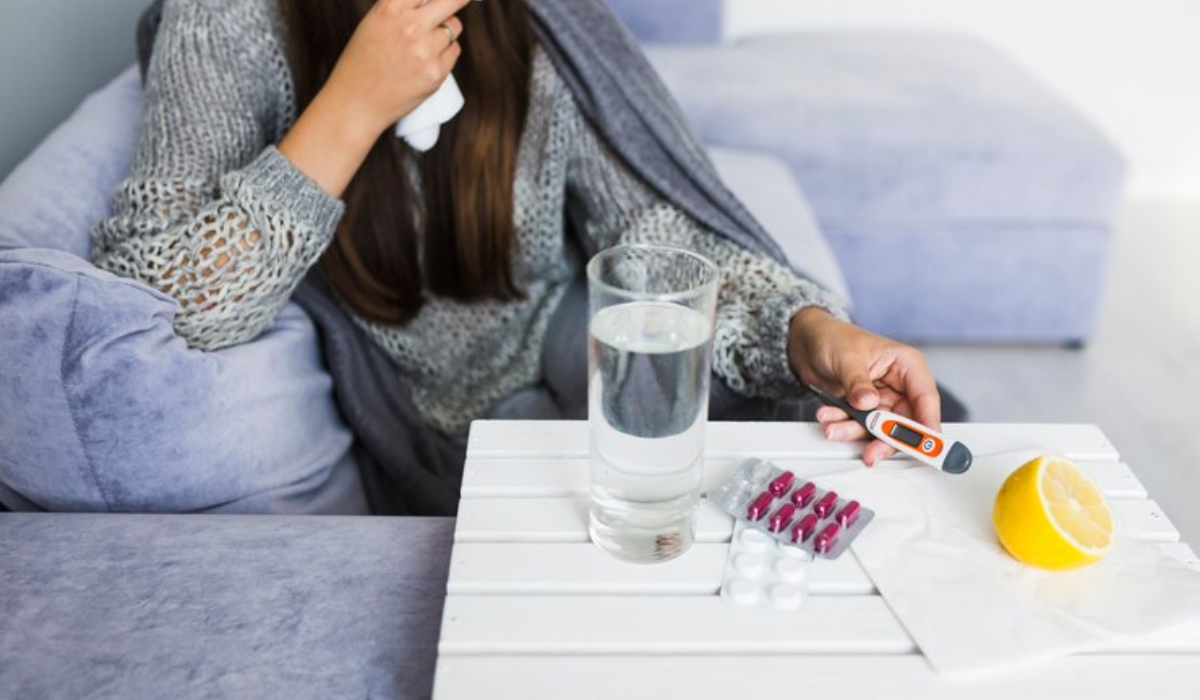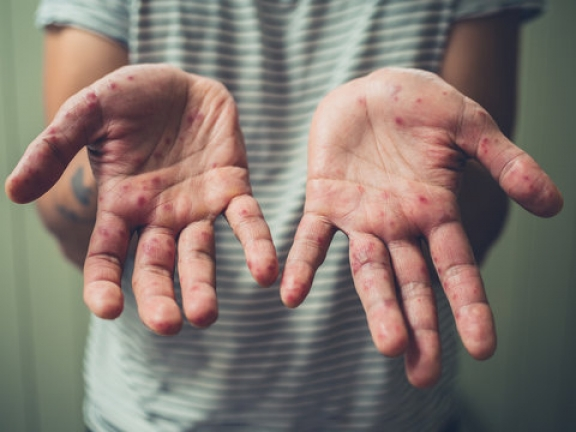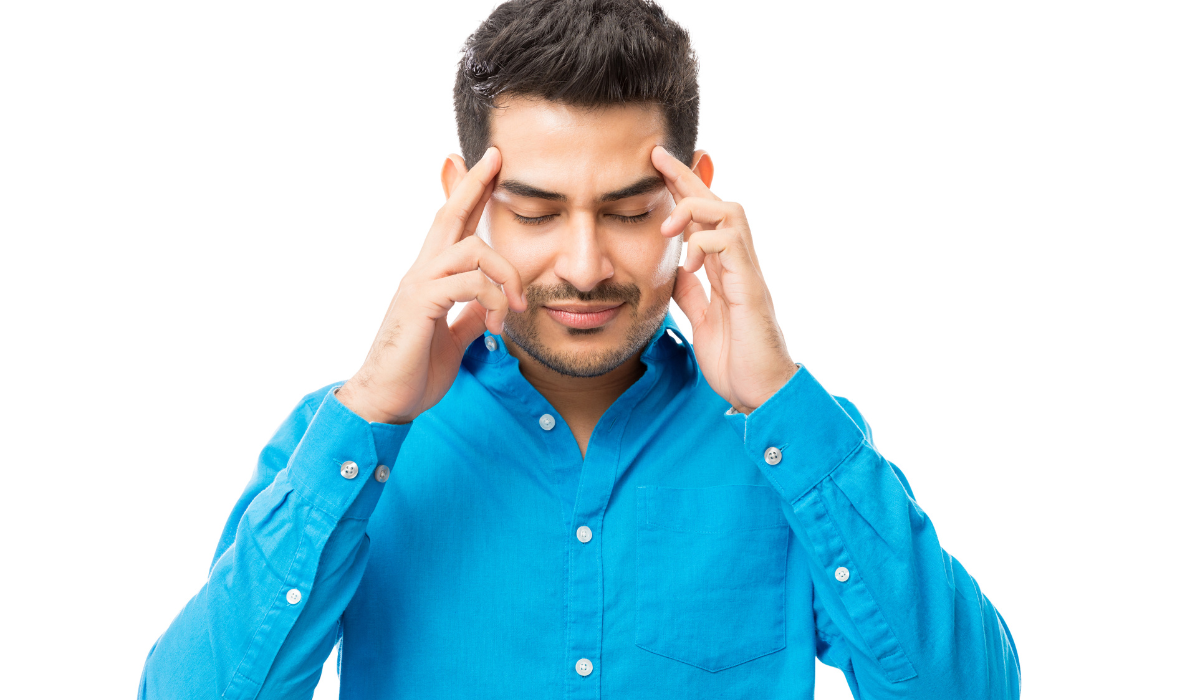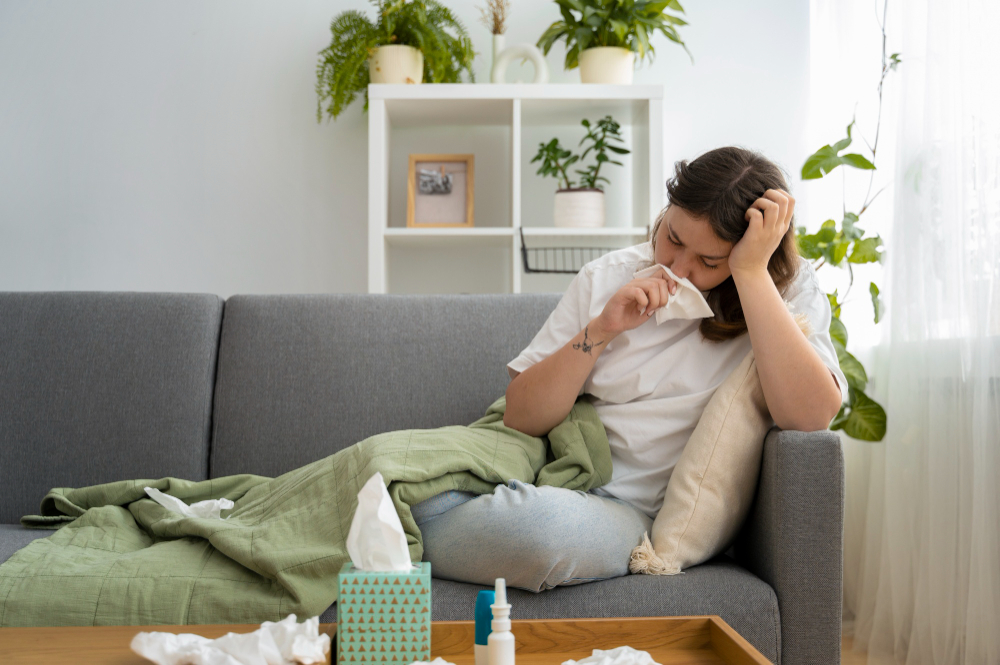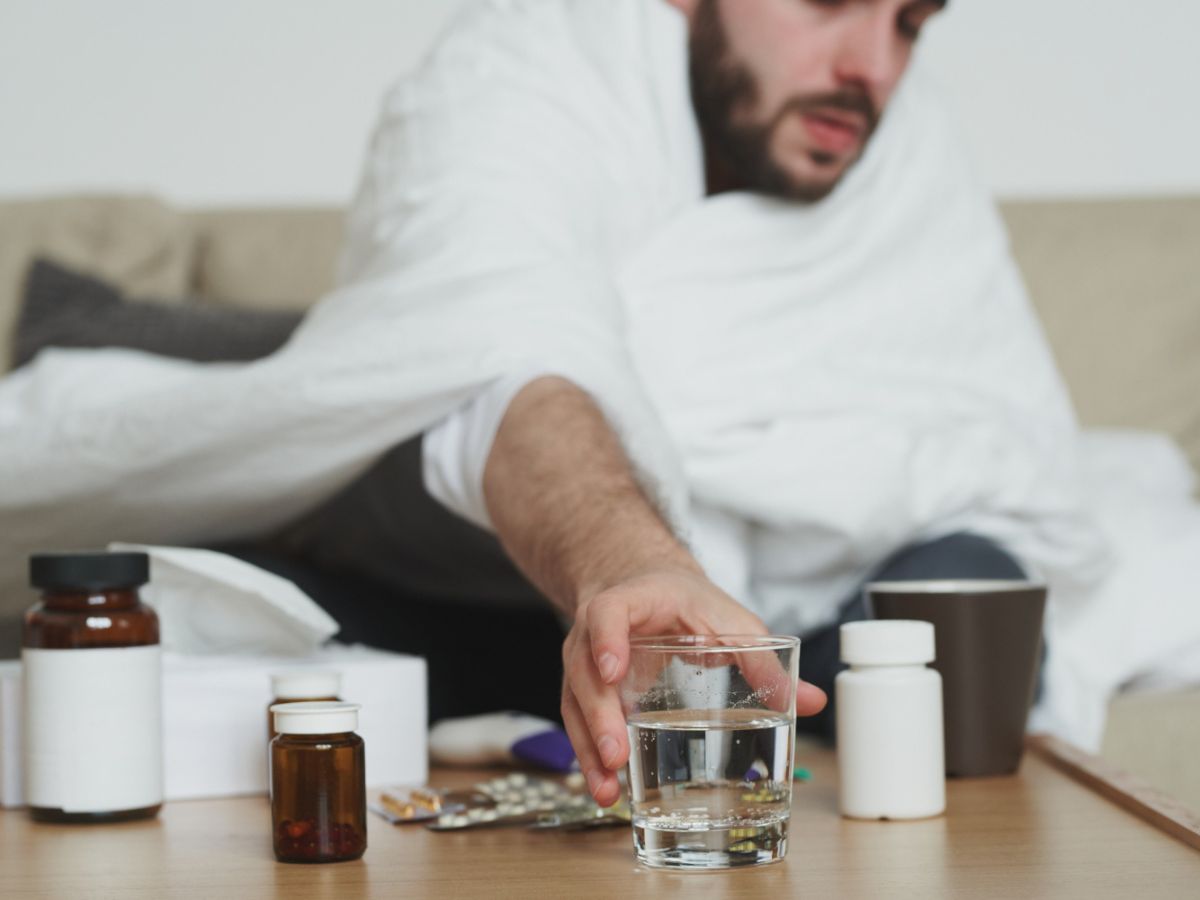Scott Read Pharmacy
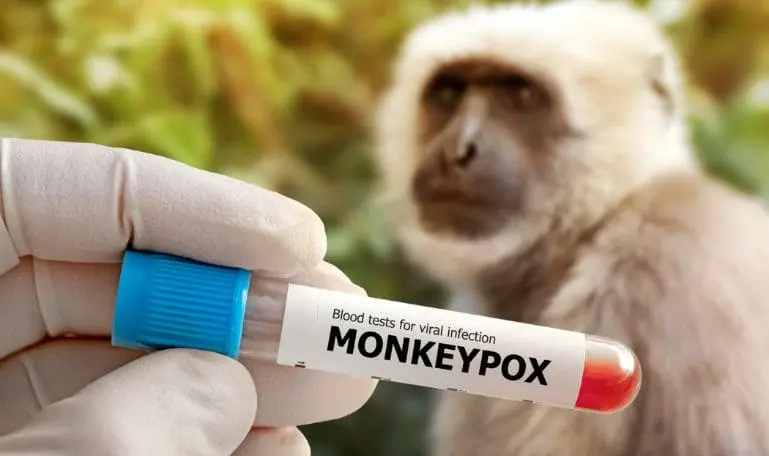
What is MonkeyPox - Its Symptoms, Causes, Diagnosis, and Treatment Options?
Monkeypox is an acronym for a virus and viral infection that has recently made headlines due to an epidemic. The viral disease was initially detected in monkeys in 1958, and the term monkeypox was coined from there.
It can spread through both human-to-human and human-to-animal contact. Monkeypox diagnosis is simple if discovered early with minor symptoms, and the monkeypox virus is unlikely to be fatal.
According to the WHO, approximately 300 instances of monkeypox have been identified in non-endemic nations. Smallpox vaccines have been found to be slightly beneficial in monkeypox treatment. However, only adults over the age of 65 can benefit from these immunizations.
In this post, we’ll give you useful details on monkeypox, such as Monkeypox symptoms, its causes, and ways to avoid getting it. For guidance on prevention and treatment, consult healthcare professionals and your local community pharmacy in Houston.
MonkeyPox Symptoms
The symptoms of Mpox usually appear 3 weeks after being exposed to the virus.
A rash that appears as pimples or blisters. It could be on the face, inside the mouth, or anywhere else on the body, including the hands, feet, chest, genitals, or anus. Before it heals, there are various stages it goes through, including scabs.
Here are some common monkeypox symptoms:
- Fever.
- Chills.
- Swollen lymph nodes
- Exhaustion.
- Headache.
- Back pain and muscle pains.
- Respiratory monkeypox symptoms include a sore throat, nasal congestion, or cough.
You may have all or only a few of the following symptoms:
- A rash could appear first, followed by other symptoms.
- You may experience flu-like monkeypox symptoms followed by a rash 1-4 days later.
- You could only get a rash.
Monkeypox causes
The only known monkeypox cause is spreading through coming in contact with an infected animal or person. The monkeypox virus can be transmitted through injury to the skin, coming into contact with blood, body fluids, or sores.
It can also be spread through close contact with an infected individual, such as kissing, snuggling, or having sex with them. It was discovered in African countries in men having sex with men (MSM).
Contaminated goods such as bedding, clothing, and linen are also recognized carriers of the monkeypox virus. It, like COVID-19, can spread by direct touch with an infected surface, hence every safety measure must be taken as in the COVID19 Pandemic.
Diagnosis of MonkeyPox
You can collect a sample from the crust or the discharge of a lesion to detect the monkeypox virus. In the absence of cold storage in resource-constrained settings, the samples can be stored in a cool, dark room.
Technical methods for confirming the diagnosis include immunohistochemistry and electron microscopy. Quantitative PCR techniques have been shown to be effective in detecting the monkeypox virus. However, these procedures are not available in rural parts of Africa where the disease exists, and so are of limited help in diagnosing monkeypox.
A new approach known as the Tetracore Orthopox Biothreat Alert allows for the potential growth and identification of the virus in culture plates. It will be useful in resource-limited situations because it does not necessitate a high level of skill.
MonkeyPox Treatment
Monkeypox is a rare viral disease that is similar to smallpox but generally less severe. Monkeypox treatment primarily focuses on supportive care to alleviate monkeypox symptoms and help the patient recover.
Here are some general guidelines for managing monkeypox virus infection:
- Isolation and Infection Control: Infected individuals should be isolated for monkeypox prevention and to stop the spread of the virus to others. Healthcare workers should use appropriate infection control measures, including wearing gloves, masks, gowns, and goggles, when caring for infected patients.
- Pain and Fever Management: Over-the-counter pain relievers like paracetamol can be used to manage fever and discomfort. Get the best quality medications from the leading drug store in Houston.
- Hydration: It’s important to stay well-hydrated by drinking fluids like water, clear soups, and oral rehydration solutions.
- Lesion Care: If skin lesions develop, keeping them clean and covered can help prevent secondary bacterial infections.
- Rest and Nutrition: Rest is crucial for recovery, and maintaining a balanced diet can support the immune system.
- Antibiotics: Antibiotics might be prescribed if there is a risk of secondary bacterial infection due to skin lesions.
- Respiratory Support: In severe cases, where respiratory distress is a concern, respiratory support (e.g., supplemental oxygen) may be needed.
Conclusion
Here’s the complete wrap on everything about MonkeyPox infection, its symptoms, causes, and treatment options. However, there are not any proven ways to treat this disease, there are some monkeypox prevention tips, effective medications from the top pharmacy along with other simple ways such as getting rest and proper diet.
We hope you will take proper preventive measures followed by guidance from the top healthcare professional, for prevention and treating the disease in the most effective manner possible.
If you are looking for high-quality over-the-counter medications, then reach out to Scott Read Pharmacy – the leading pharmacy in Houston. We provide a wide range of monkeypox medicines and other medicines and supplements as well.
Recent Posts
Recent Blogs
Study Reveals: Mounjaro leads to far more weight loss than Ozempic.
Study finds Mounjaro outperforms Ozempic in weight loss If you struggle with obesity, you’ve undoubtedly already heard all of the…
IBS or IBD: How do these two diseases vary?
IBS or IBD: How do these two diseases vary? We’ve all had uncomfortable digestion at some point. Bloating, painful cramps,…
Are Weight Loss Medications Worth it? A Deep Dive Into it
Scott Read Pharmacy: Elevate your health journey with our personalized weight loss medications, ensuring safe and effective results. Trust us for…
Scott Read Pharmacy is proudly powered by WordPress

